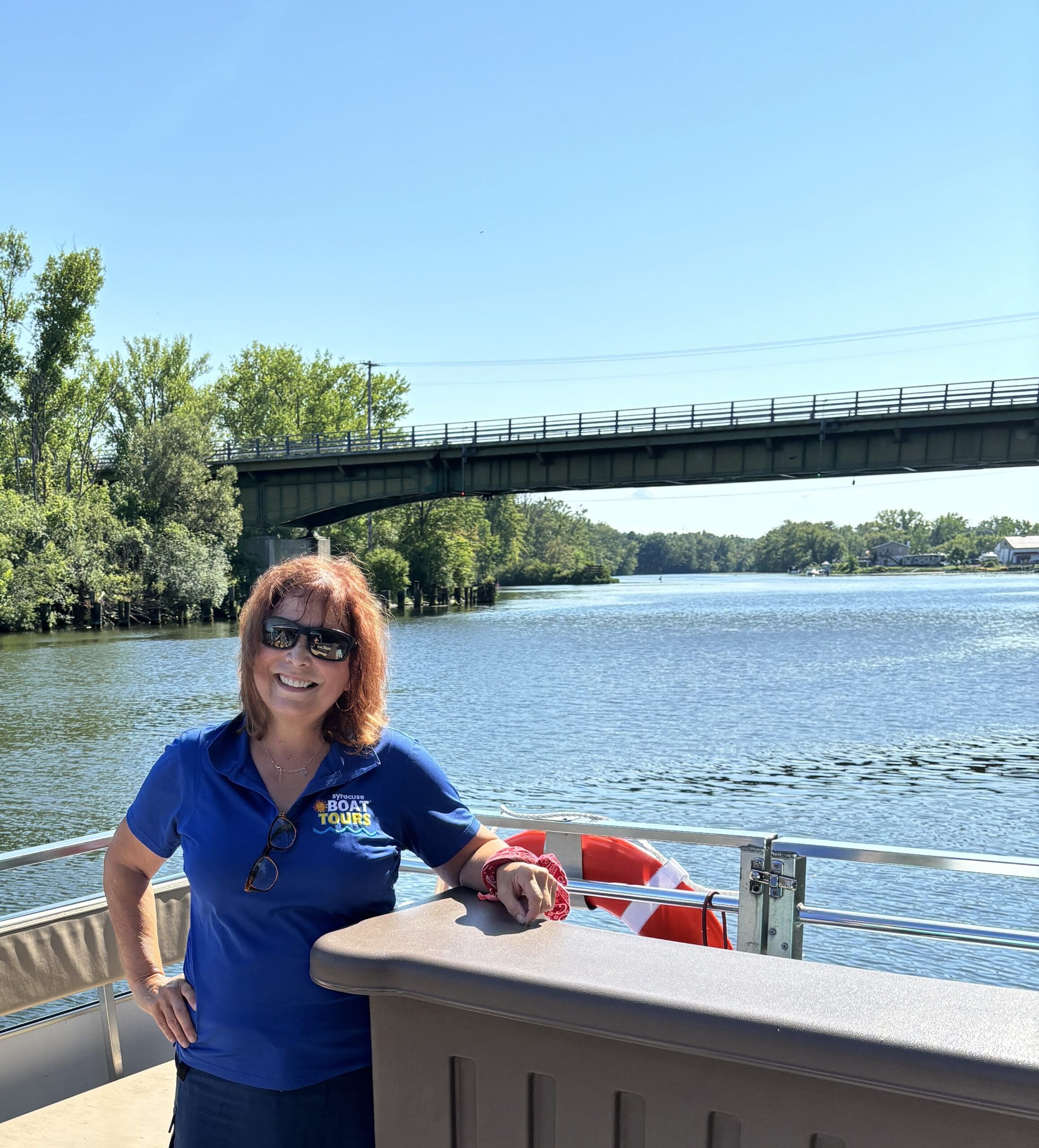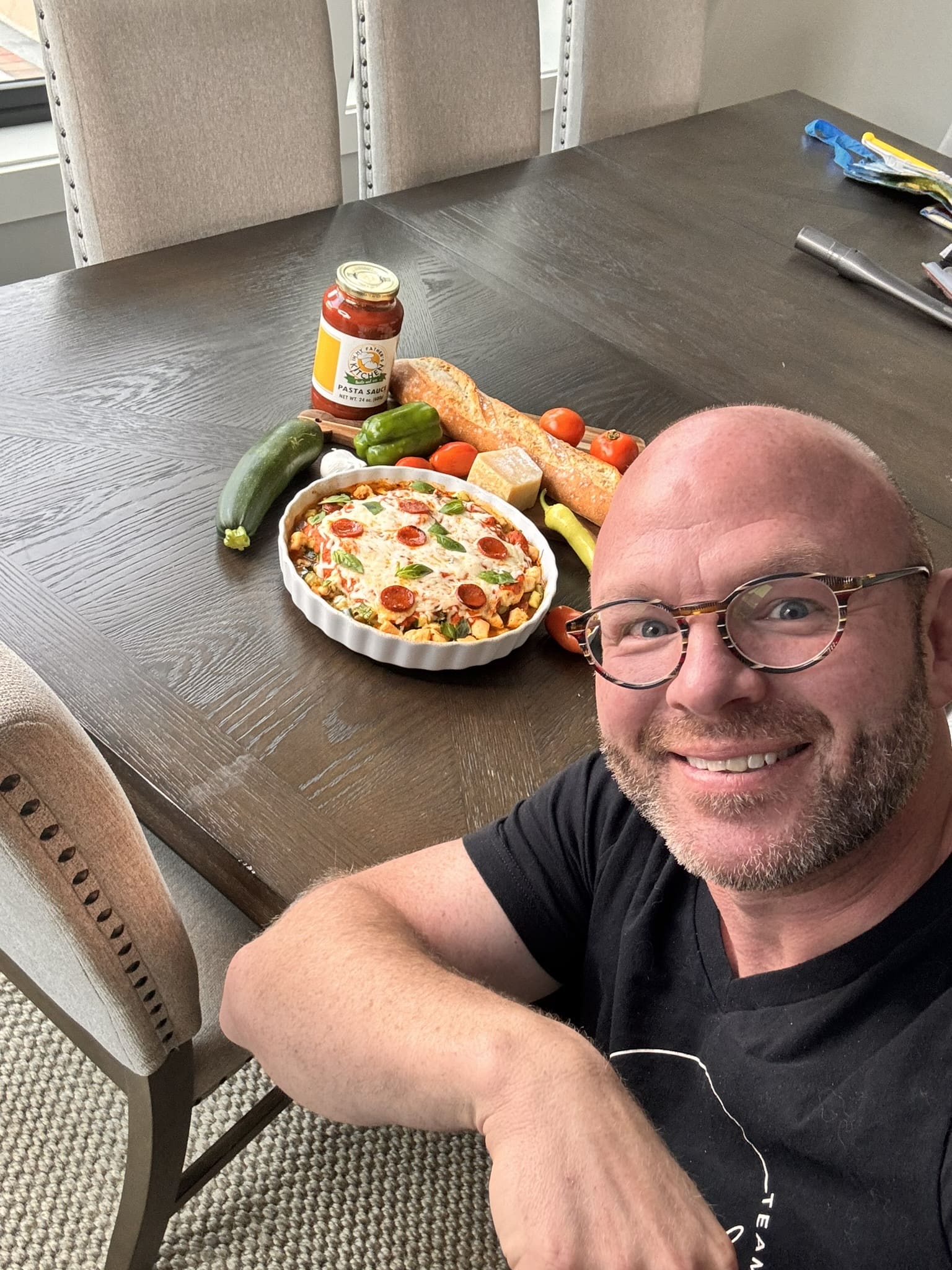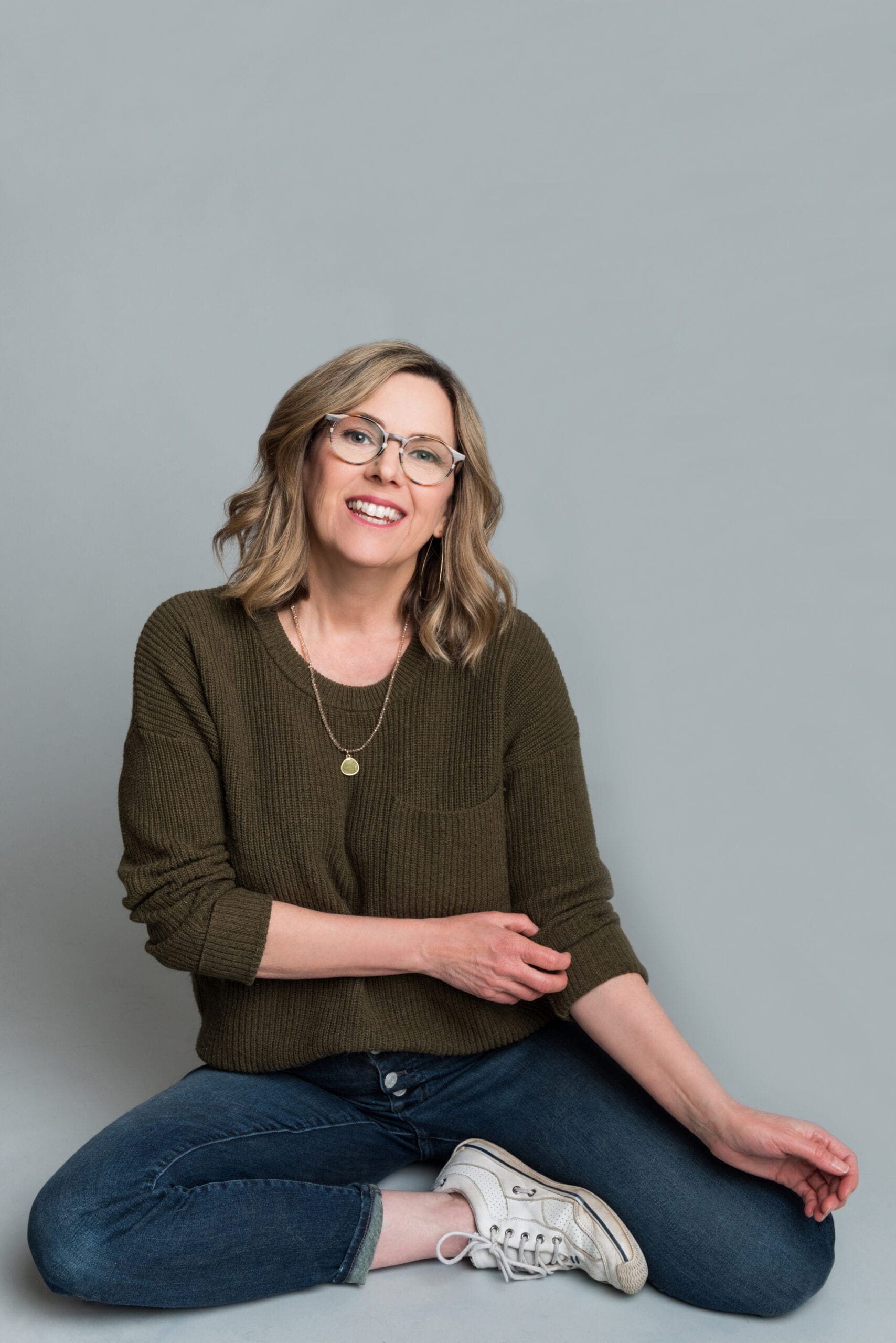By Emma Vallelunga
They say the sickest of the sick go to Upstate University Hospital in Syracuse, and in the teaching hospital’s Level One trauma center, exactly half of the surgical team who save lives every day are women. These trauma surgeons take pride in what it means to be a woman in trauma surgery, a hero during a pandemic and a physician in the Central New York community.
Most of the women surgeons on the Upstate trauma team didn’t think surgery was for them until they simply fell in love with it. Dr. Joan Dolinak said she was biased before doing her surgical rotation in medical school and never looked back.
“I enjoyed coming to work. It wasn’t a job. It was fun,” Dolinak said. “I liked the aspects of trauma surgery because every day was like Christmas. You never knew who was coming in or what you were going to get.”
Dr. Jessica Summers said she always knew she wanted to be a surgeon from the moment she got to watch a live heart surgery after volunteering at UC Davis School of Medicine in Sacramento.
“I love being able to fix things,” Summers said. “We do take people who are broken or have something that we can fix. We get to make people better, and that was always what drew me in.”
On a national level, the number of women in surgery used to be few and far between. In 2001, 14 percent of U.S. surgical residents were women, a low percentage in comparison with the number of women medical students at the time, according to a study from the American College of Surgeons in 2018.
However, an increasing number of women have entered medicine and the surgical workforce since 2017. That year, more women were enrolled in medical school than men, and about 40 percent of U.S. general surgery residents, and 20 percent of general surgeons were women.
During her residency, Dr. Roseanna Guzman-Curtis said she felt lucky to have many female colleagues at the University of Rochester School of Medicine, where her class was the first in the history of the university to graduate with all women.
“While I knew it was a fact that women surgeons are more rare than male surgeons, it didn’t cross my mind as much because I was surrounded by powerful women surgeons all the time, so in some ways, it didn’t form a part of my reality,” Guzman-Curtis said. “My reality included female surgeons.”
In contrast, Dolinak said she came from a medical school program where there were no female surgeons at the time but had enough support from other male surgeons to feel comfortable working with them. She said she realizes more women are joining the field, so having an all-female team doesn’t feel abnormal anymore.
“I remember the first time we had an all-woman team in the OR and thought that was something special, and now it’s not as special as it used to be because it’s more commonplace,” Dolinak said.
What wasn’t commonplace in medicine was the nature of the COVID-19 pandemic when it began just over a year ago. In addition to being on the trauma team, Dr. Amie Lucia was also the Surgical ICU director. At Upstate, she said many surgeons routinely took care of critically ill patients, but before the pandemic, patients with respiratory illnesses like COVID-19 would normally go to the Medical ICU, not the Surgical ICU. As the hospital system became overwhelmed, the SICU had trauma patients, burn patients, emergency general surgery patients and now COVID-19 patients to keep track of, so adjusting to those changes so quickly was difficult at first.
“None of us were ever quiet,” Lucia said. “A lot of surgeons’ business went down in a lot of ways because there were fewer elective cases, but the group of us stayed extremely busy. If I look back on the past year, exhausting is the word that comes out of everything in my mind.”
Guzman-Curtis also had other responsibilities at Upstate during the pandemic, like being in charge of the medical student rotations. Educating students at the hospital while they weren’t always allowed to be on campus was hard to adapt to from an administrative standpoint.
“I never had more meetings than those initial months as the year progressed having to refashion and rework a lot of the systems that were already well-oiled and running,” Guzman-Curtis said.
And in general this past year, Guzman-Curtis said there was a palpable stress about keeping herself safe from the virus.
“I feel like a lot of times, especially at the beginning, the stress we were experiencing was how can we keep to our duties as physicians and as surgeons,” Guzman-Curtis said. “It was [about] how we should keep ourselves safe so that we could take care of a whole group of people. For weeks, I just had a little to-go bag packed in my car because I thought ‘What if I just shouldn’t go home and I should just stay here for a while?’ It never came to that, but I guess I just went into disaster mode.”
But despite the usual stress of the job, Lucia said she was proud to provide patient care over the past five years for a hospital like Upstate to a familiar CNY community where she and her family grew up.
“From an institution standpoint, it was kind of a no-brainer when I went into trauma surgery that Upstate was the place to be,” Lucia said. “Our job tends to be very kind of grueling and long hours and busy and stressful, but if you really love what you do, the hours go by a lot faster, and I think working with a group of people that support you makes it a lot more tolerable too.”
At Upstate, Summers said being a female surgeon gives her a better opportunity to teach other female medical students that surgery is an option for them too.
“Medical schools are 50-50 now,” Summers said. “If I can empower or inspire some female medical students to want to do surgery, I think that’s really something I enjoy and want to strive for.”





